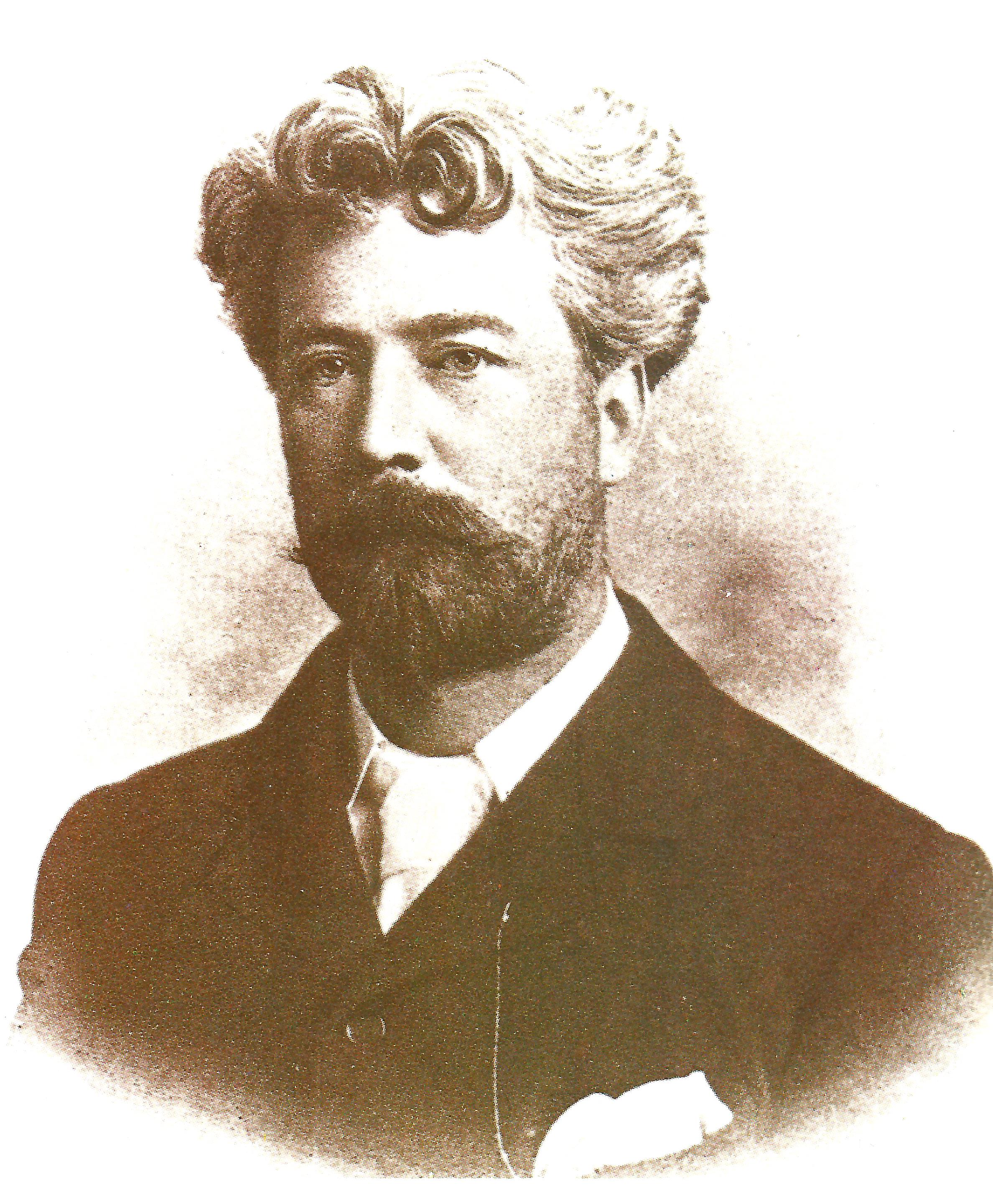 Submitted by Holmes on
Submitted by Holmes on

In Scotland, there is a publishing company that was set up and devoted to works of a spirit writer by the name of William Sharp. Like many of his day, Sharp used a pseudonym … one Fiona Macleod to be exact - his feminine side personified.
Not so unusual when you think about it.
The fact that Fiona was Sharp’s rather active alter ego adds a wee bit of eccentricity to the mix.
Rather colorful one might think.
An additional fait accompli however in the form of spirit communication in the early days of the 1970s to an American, Konrad Hopkins makes the whole affair downright weird. Even stranger? Sharp had a collective name for his two selves known as Wilfion.
Sharp was born in Paisley, Scotland in 1855 and died in 1905 in Sicily at the age of 50. He considered himself a self-styled poet and occultist. On his grave there is an Iona Cross bearing two epitaphs:
Farewell to the known and exhausted –
Welcome to the unknown and illimitable –
AND
Love is more great than we conceive,
And Death is the keeper of the unknown redemptions. F.M.
The latter epitaph of course belongs to Fiona.
It was Fiona, who by name and works was credited with inspiring the Celtic Renaissance in late 19th century Scotland.
Certainly that is a big deal.
A bit of background …
Throughout his life Sharp suffered ill-health. As a child he had a great love of nature and the outdoors which was enhanced by his nurse’s telling of Gaelic folktales and stories. When he was 18 he spent three months living with a company of gypsies. While at university he studied poetry, philosophy, occultism, spiritualism and folklore. In 1876 he voyaged to Australia but came back a year later although thee experience had been powerfully creative. In 1878 he joined the famous Rossetti literary group, a Pre-Raphaelite and aesthetic literary group. In his first book of poetry The Human Inheritance, The New Hope, Motherhood and Other Poems (1882) an important focus is given to Sharp’s early belief in spirit of place (or genus loci), which supports a strong mystical core. These threads of mysticism and spirituality also appeared in many of his later works. Following a trip to Italy in 1891 he entered into a decade of extremely productive and creative writing imbued with all his interests of mysticism, mythology, folklore, spirituality and philosophy. Then in 1892 Sharp published what was to be his greatest and most remarkable work – The Pagan Review – a single issue journal filled with pagan and Celtic historically based works, although all these works were written under the pseudonym of Fiona MacLeod. He also joined the Hermetic Order of the Golden Dawn and was a central figure in the Edinburgh group, part of the Celtic Twilight or Celtic Revival.*
Into the future …
Konrad Hopkins was an expert on William Sharp and was also subject to receiving psychic scripts from various discarnate souls such as King George VI. In 1974 he met a Dutch sensitive, Ronald van Roekel and soon afterwards they began a publishing venture in Paisley, Scotland, called Wifion Books.
And in the meantime …
On the Isle of Wight (where supernatural happenings are quite common according to the tales of history) a woman called Margo Williams was fast discovering her ‘long-hidden’ gifts as a medium. By 1980, Margo had received more than 4000 psychic scripts which she claims were dictated by more than 360 discarnate persons. She also states that her first spirit guide was an entity called Jane and that her second was … guess who? William Sharp.
As the plot thickens, it was William Sharp who clairaudiently informed Konrad Hopkins of Margo Williams. No surprise as to what followed. After much correspondence, plans went underway for The Wilfion scripts which were to be channeled through Mrs. Williams and published by Wilfion Books.
The Wilfion scripts consists of 92 verses and some prose. The verses are short and described to be child-like and well, not very good. In the introduction, Hopkins and Roekel include this apology for the quality of the verses:
Sharp … admits the verse is bad because he is trying to reach a confession of a truly horrific sight which he either saw himself or relived through his ability to pick up sensations at stone circles and it then haunted him the rest of his life.
Say what?
Mrs. Williams on the other was much more generous ascribing a “masterly economy or words” to Wilfion.
Allegedly, on December 12, 1976, Sharp dictated this to Williams:
Observes scenes from the past
Which impress and will last
Scenes which survive throughout the ages
Make interesting reading on pages.
On January 19, 1977 Sharp came forth with this:
What a joke
I can cloak
Sharp by name
But be the same.
Macleod be known by
Until day I die,
Write tales so strange
Over a wide range
Celtic verse
Sounds much worse
From intelligent being
Little folk to be seeing,
What a joke,
Make men choke
With laughter loud
About Macleod.
Had Sharp picked up on his critics?
Poetic occultists who can transcend the barrier and pierce the veil …
Ya gotta’ love em!
Tippin’ my hat to you!
Holmes
*https://celticawitch.wordpress.com/category/faerie-ring/
Rehash Resource: Literature and the Dead, pg 2359, The Unexplained, Vol. 19
- 1047 reads